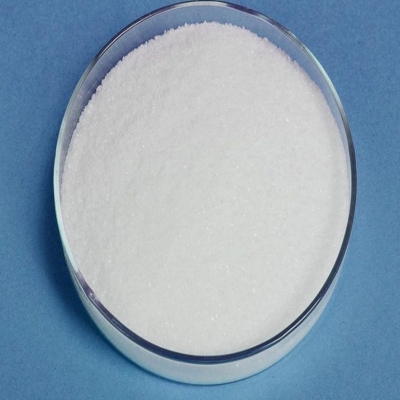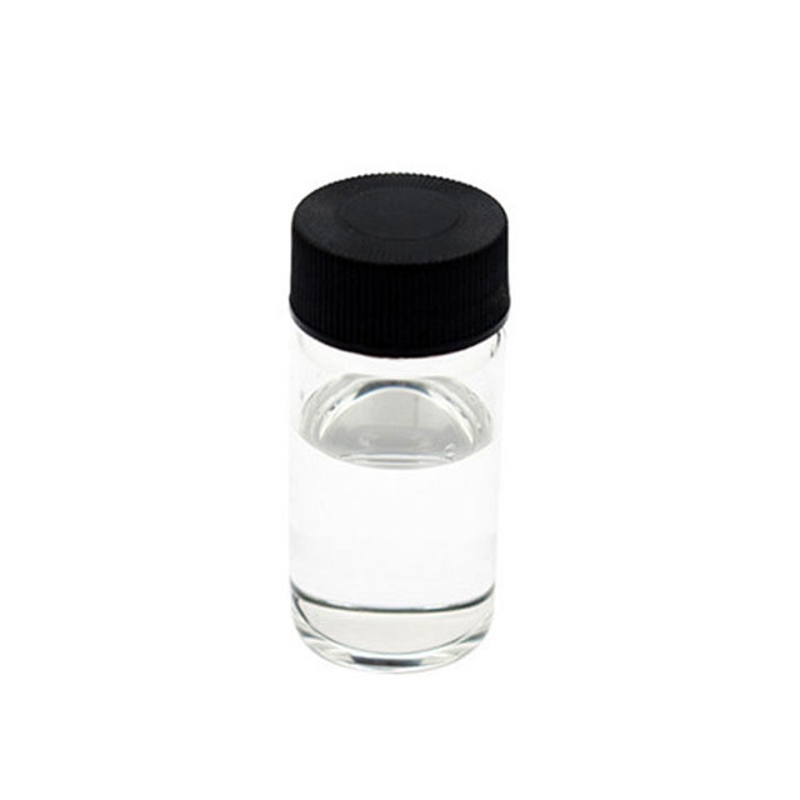The effect of plastic self-elastic stent in treating benign lesions of esophagus is worrying
-
Last Update: 2020-07-02
-
Source: Internet
-
Author: User
Search more information of high quality chemicals, good prices and reliable suppliers, visit
www.echemi.com
metal self-elastic stent treatment of benign narrowness of esophagus has achieved some results, but it still has high cost, local tissue reaction, difficult to remove and so onThe appearance of plastic self-ballistic bracket seems to make up for the lack of metal self-ballistic bracketBut studies such asHolm,
a hospital, but plastic self-elastic stents treat healthy lesions in the esophagus have a higher rate of displacement and a low rate of improvement in long-term symptoms(Gastrointest Endosc 2008, 67:20)study included 30 patients treated with plastic self-elastic stents in the hospital between 2002 and 2006, with a total of 83 stents placedThe results showed that the incidence of stent shift was higher in patients with near-end esophagus and far-end lesions, 68.1% (30/44 cases) and 70.4% (19/27 cases), respectively, while the stent shift rate was 30% (3/10 cases) in patients with esophagus lesionsBenign stenosis, postoperative conosy mouth stenosis and stent shifts were higher in patients with benign stenosis, 81.8 percent (18/22 cases), 75 percent (18/24) and 59.1 percent (13/22) respectively, while patients with post-radiation esophageal narrowness had a lower rate of stent shifts of 28.6 percent (4/14 cases)The follow-up found that 5 patients had late complications after stent placement, including hyperpluse of peripheral tissue and narrowness around the stent, of which one patient had to remove the stentOf the 83 stent-in-patients, only 5 (6%) maintained long-term symptom improvement after the stent was removedComment
such a high incidence of stent displacement may be related to the composition of the case are benigndiseaseIn addition, the patient's lesions mainly in the upper and lower sections of the esophagus stenosis, but also related to the high incidence of shifting The findings add to concerns about the of plastic self-elastic stents to treat benign esophageal diseases Further research is needed to confirm the above results and to determine the indications of plastic self-elastic stent therapy
This article is an English version of an article which is originally in the Chinese language on echemi.com and is provided for information purposes only.
This website makes no representation or warranty of any kind, either expressed or implied, as to the accuracy, completeness ownership or reliability of
the article or any translations thereof. If you have any concerns or complaints relating to the article, please send an email, providing a detailed
description of the concern or complaint, to
service@echemi.com. A staff member will contact you within 5 working days. Once verified, infringing content
will be removed immediately.







